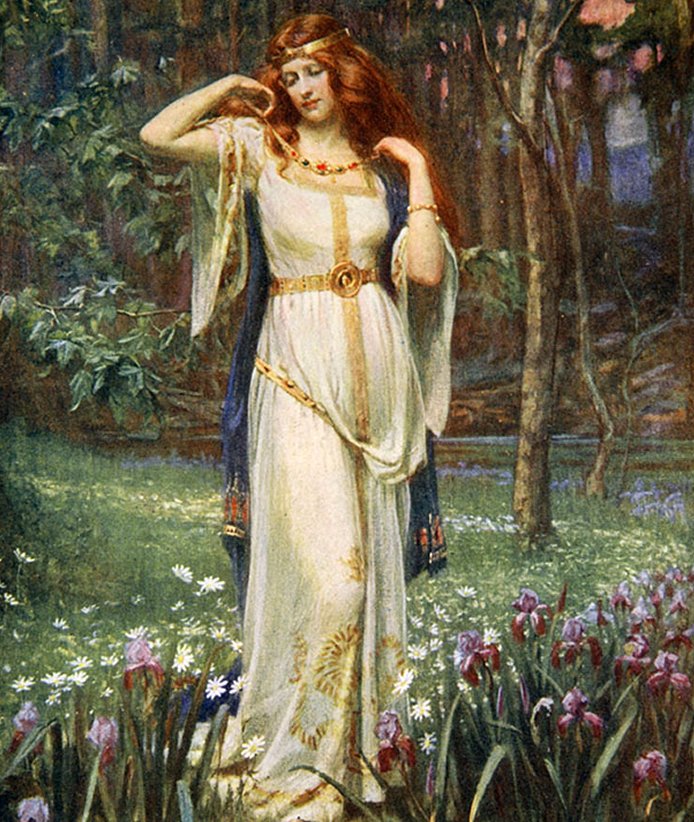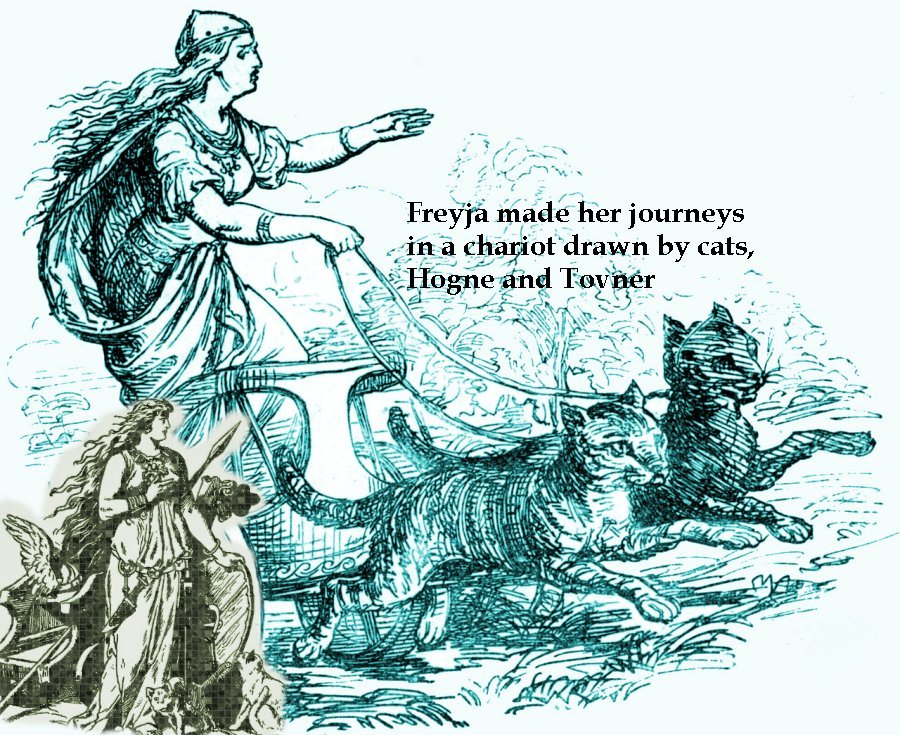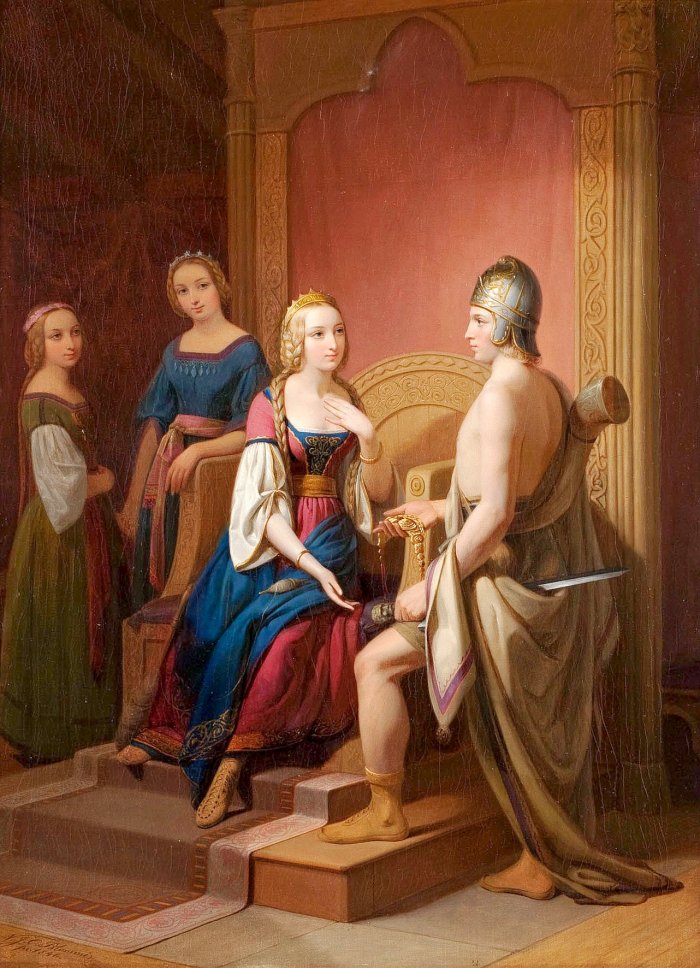Freya – Vanadis: Beautiful Desirable Goddess And Her Brisingamen Necklace In Norse Mythology
A. Sutherland - AncientPages.com - Freya (Freyja) was a daughter of Njord, the god of the sea, and Skadi, a jötunn and goddess associated with winter, skiing, mountains, and bowhunting.
Freya represented the Vanir gods, who lived in Vanaheim and cared for the weather. No one ever knew where Vanaheim was located or what it looked like.
Freyja and the Necklace by James Doyle Penrose, 1890. Image credit: James Doyle Penrose (1862-1932) - Public Domain
She was considered the most beautiful of all the goddesses in the Norse pantheon. In German mythology, her name was Frigga, while in Scandinavian countries, she was known as Freya or Vanadis, an inhabitant of Vanaheim.
When the war between the Aesir and Vanir ended, the Aesir and the Vanir had to exchange hostages, so Njord, and his two children, Freya and her twin brother Frey (Freyr), had to move to Asgard, one of the Nine Worlds, and home to the Aesir tribe of gods.
When Freya entered Asgard, the gods were so amazed at her beauty and grace that they granted her the sacred realm of Folkvang (Fólkvangr) and the great hall Sessrumnir (Room of Seats), where she could comfortably accommodate all her guests. Freya became an honorable member of the Aesir and "....the loveliest Goddess she in Heaven, by all..."
Associated with sex and lust, this beautiful goddess was not only admired by gods and goddesses but also sought by several giants and dwarves.
In "Lokasenna" ("Loki's quarrel"), in one of the poems of the Poetic Edda, Loki, the trickster god, accused Freya of having slept with all the gods and jötnar (commonly known as Giants) and even with her brother, Frey.
As a truly remarkable personality, Freya also had other qualities. She was often depicted wearing the usual flowing feminine garb, a corselet, helmet, shield, and spear. As a martial-minded goddess and a receiver of the slain, she collected the souls of heroes killed in battles and brought them to Valhalla, a majestic hall in Asgard, ruled by the god Odin. Half of the souls went to Odin, and another half belonged to her. In her realm, she also welcomed faithful, good wives and pure maidens who could accompany their lovers and husbands after death.
Freya, the golden-haired and blue-eyed goddess, was sometimes considered a personification of the earth.
She was married to Odur, a symbol of the summer sun; she loved him and had two beautiful daughters with him: Hnoss and Gersemi. But once he left her, she had to search for him, traveling from land to land, using her amazing, magical, and invaluable garment.
It was a falcon garb (or falcon plumes), which enabled the wearer to fly through the air like a bird.
Usually, Freya made her journeys in a chariot drawn by cats, Hogne and Tovner.
How Goddess Freya Acquired The Brisingamen Necklace
Freya always wished for gold and other beautiful precious objects. Her greatest treasure was the Brisingamen Necklace, a "fiery/glowing necklace" (in Old English 'Brosinga mene' and Old Norse Brísingamen.
Heimdallr brings the Brísingamen back to Freia. Painting by Nils Blommér ( 1845 ). Image credit: Nils Blommér - Public Domain
One version of the story of how Freyja acquired the necklace says that one day, Freya left Asgard, crossed Bifrost, and traveled across Midgard. She came to a cavern of the smiths and met four dwarves, Alfrigg, Dvalinn, Berling, and Grerr.
Among many treasures, she noticed a necklace of gold decorated with the most beautiful patterns. She realized she had never desired anything so much. She tried to buy it from the dwarves. They said they did not need more gold or silver. Finally, she asked what price they would accept.
'There's only one price,' said the third of the dwarves, 'that will satisfy us.'
The fourth dwarf looked at Freyja. 'You,' he said.
The goddess flushed, and her breasts began to rise and fall.
'Only if you lie one night with each of us will this necklace ever lie round your throat,' said the dwarfs.
They wanted that she would spend one night with each of them. She agreed and spent four days and four nights with the dwarves.
At the end of the time, the dwarves fastened the Brisingamen Necklace around her neck.
Unfortunately, Freya was not entirely alone with the dwarves. Outside, the trickster god, Loki, also saw what she had done. While she was on her way home to Asgard, Loki returned faster, went straight to Odin's hall, and told him of Freya's prostitution.
This great goddess had many worshipers, and numerous temples were built in her honor. The Northern people invoked Freya not only for success in love, prosperity, and increase but also, at times, for aid and protection.
When Christianity was introduced in the North, her temples were transferred to the Virgin or St. Gertrude. Like all the heathen divinities, Freya herself was declared a demon or witch and banished to the mountain peaks of Norway, Sweden, or Germany.
Written by A. Sutherland – AncientPages.com Staff Writer
Updated on August 14, 2022
Copyright © AncientPages.com All rights reserved. This material may not be published, broadcast, rewritten or redistributed in whole or part without the express written permission of AncientPages.com
Expand for referencesGuerber H. A. Myths of the Norsemen
The Poetic Edda, Volym 1
Chic Cicero,S. Tabatha Cicero, Self-Initiation Into the Golden Dawn Tradition
More From Ancient Pages
-
 Large 3,400-Year-Old Mittani Empire-Era City Emerges From The Tigris River In Iraq
Archaeology | May 30, 2022
Large 3,400-Year-Old Mittani Empire-Era City Emerges From The Tigris River In Iraq
Archaeology | May 30, 2022 -
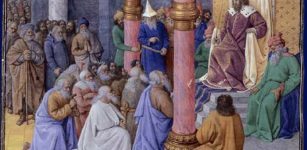 On This Day In History: Cyrus The Great Enters Capital Of Babylon And Allows Jews Return To Their Land – On Oct 29, 539 BC
News | Oct 29, 2016
On This Day In History: Cyrus The Great Enters Capital Of Babylon And Allows Jews Return To Their Land – On Oct 29, 539 BC
News | Oct 29, 2016 -
 Great Pyramid of Cholula Is The Largest In The World Today
Ancient History Facts | Feb 9, 2016
Great Pyramid of Cholula Is The Largest In The World Today
Ancient History Facts | Feb 9, 2016 -
 Three Grave Steles Unearthed At Istanbul’s 1,500-Year-Old St. Polyeuktos Church
Archaeology | Aug 24, 2023
Three Grave Steles Unearthed At Istanbul’s 1,500-Year-Old St. Polyeuktos Church
Archaeology | Aug 24, 2023 -
 Evidence Of Cosmic Catastrophe 12,800 Years Ago – Earth Collided With Fragments Of A Comet
Archaeology | Feb 2, 2018
Evidence Of Cosmic Catastrophe 12,800 Years Ago – Earth Collided With Fragments Of A Comet
Archaeology | Feb 2, 2018 -
 Underground Orvieto – Etruscan ‘City Under A City’ With Labyrinth, Tunnels, Pyramidal Structures, Oil Mills And Water Supply
Featured Stories | Jul 2, 2022
Underground Orvieto – Etruscan ‘City Under A City’ With Labyrinth, Tunnels, Pyramidal Structures, Oil Mills And Water Supply
Featured Stories | Jul 2, 2022 -
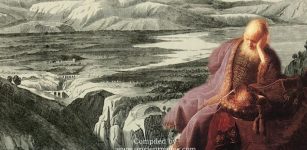 Tahpanhes – Biblical City Where Prophet Jeremiah And King Zedekiah’s Daughters Hid From The Babylonians
Biblical Mysteries | Jul 19, 2021
Tahpanhes – Biblical City Where Prophet Jeremiah And King Zedekiah’s Daughters Hid From The Babylonians
Biblical Mysteries | Jul 19, 2021 -
 Los Millares – 5,000-Year-Old Advanced Copper City In Europe
Featured Stories | Mar 24, 2016
Los Millares – 5,000-Year-Old Advanced Copper City In Europe
Featured Stories | Mar 24, 2016 -
 Gravitational Waves Shed Light On The Mysterious Antikythera Mechanism
News | Jun 29, 2024
Gravitational Waves Shed Light On The Mysterious Antikythera Mechanism
News | Jun 29, 2024 -
 Windover Pond – Remarkable 8,000-Year-Old Underwater Cemetery In North America
Archaeology | Dec 28, 2014
Windover Pond – Remarkable 8,000-Year-Old Underwater Cemetery In North America
Archaeology | Dec 28, 2014 -
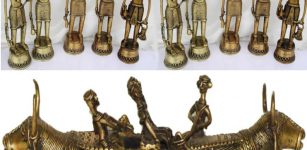 Telangana And Great Ancient Iron Masterwork Of Skilled Blacksmiths Of India
Ancient Technology | May 26, 2017
Telangana And Great Ancient Iron Masterwork Of Skilled Blacksmiths Of India
Ancient Technology | May 26, 2017 -
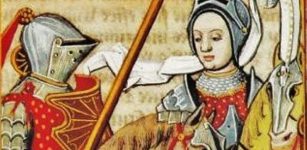 Jeanne de Clisson ‘Lioness Of Bretagne’: Her Black Painted Ships With Red Sails Terrorized English Channel
Featured Stories | Oct 4, 2019
Jeanne de Clisson ‘Lioness Of Bretagne’: Her Black Painted Ships With Red Sails Terrorized English Channel
Featured Stories | Oct 4, 2019 -
 Human Ancestors Preferred Mosaic Landscapes And High Ecosystem Diversity – New Study
Evolution | May 13, 2023
Human Ancestors Preferred Mosaic Landscapes And High Ecosystem Diversity – New Study
Evolution | May 13, 2023 -
 Huge 2,000-Year-Old Roman Basilica Discovered In Israel May Have Been Built By Herod The Great
Archaeology | Jul 29, 2021
Huge 2,000-Year-Old Roman Basilica Discovered In Israel May Have Been Built By Herod The Great
Archaeology | Jul 29, 2021 -
 Are We Really In A Sixth Mass Extinction?
News | Apr 11, 2023
Are We Really In A Sixth Mass Extinction?
News | Apr 11, 2023 -
 Champ Dolent “Field Of Sorrow” Menhir – Largest Standing Stone Was Built By Fairies Ancient Bretons Said
Featured Stories | Oct 10, 2022
Champ Dolent “Field Of Sorrow” Menhir – Largest Standing Stone Was Built By Fairies Ancient Bretons Said
Featured Stories | Oct 10, 2022 -
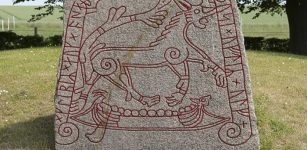 Naglfar Nail-Ship Carries Demonic Forces To Ragnarok In Norse Beliefs
Featured Stories | Aug 10, 2020
Naglfar Nail-Ship Carries Demonic Forces To Ragnarok In Norse Beliefs
Featured Stories | Aug 10, 2020 -
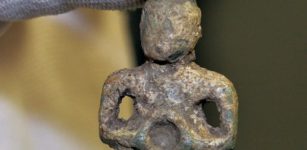 Rare 2000-Year-Old Celtic Figurine Among Finds In Cambridgeshire
Archaeology | Dec 18, 2018
Rare 2000-Year-Old Celtic Figurine Among Finds In Cambridgeshire
Archaeology | Dec 18, 2018 -
 Ancient DNA Reveals How People Migrated During The Roman Empire
DNA | Feb 1, 2024
Ancient DNA Reveals How People Migrated During The Roman Empire
DNA | Feb 1, 2024 -
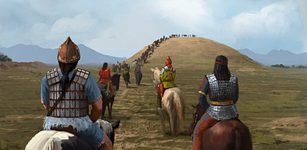 ‘Cradle Of The Scythians’ Studied By Russian-Polish Archaeologists
Archaeology | Dec 20, 2015
‘Cradle Of The Scythians’ Studied By Russian-Polish Archaeologists
Archaeology | Dec 20, 2015

